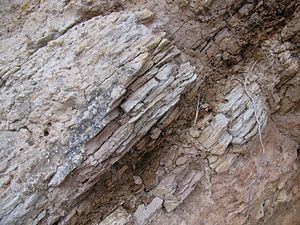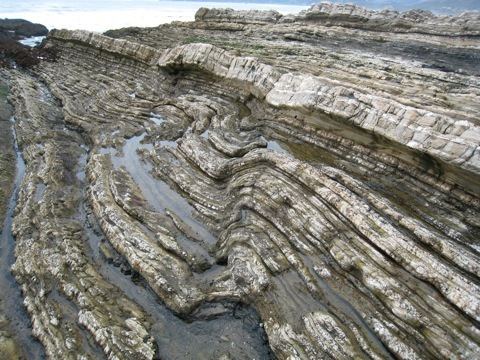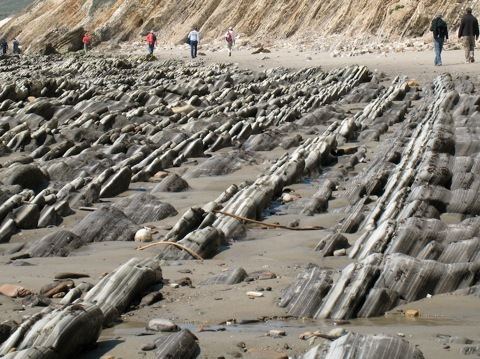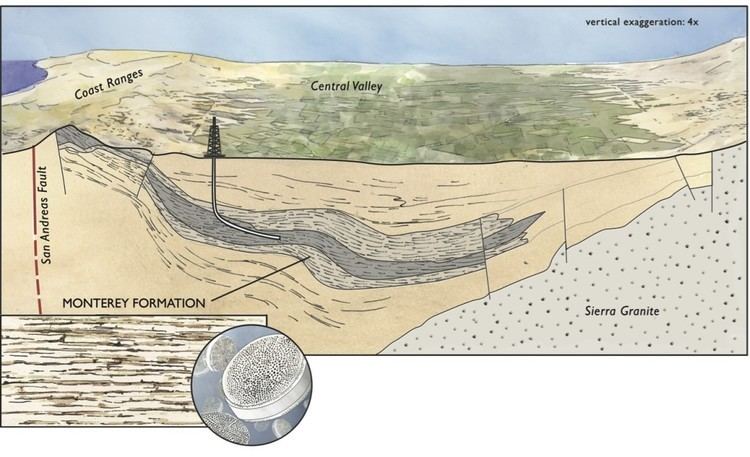 | ||
Monterey formation coastline field trip malibu california
The Monterey Formation is an extensive Miocene oil-rich geological sedimentary formation in California, with outcrops of the formation in parts of the California Coast Ranges, Peninsular Ranges, and on some of California's off-shore islands. The formation is the major source-rock for 37 to 38 billion barrels of oil in conventional traps such as sandstones. This is most of California's known oil resources. The Monterey has been extensively investigated and mapped for petroleum potential, and is of major importance for understanding the complex geological history of California. Its rocks are mostly highly siliceous strata that vary greatly in composition, stratigraphy, and tectono-stratigraphic history.
Contents
- Monterey formation coastline field trip malibu california
- Monterey formation on grizzly peak
- References

The US Energy Information Administration (EIA) estimated in 2014 that the 1,750 square mile Monterey Formation could yield about 600 million barrels of oil, from tight oil contained in the formation, down sharply from their 2011 estimate of a potential 15.4 billion barrels. An independent review by the California Council on Science and Technology found both of these estimates to be "highly uncertain." Despite intense industry efforts, there has been little success to date (2013) in producing Monterey-hosted tight oil/shale oil, except in places where it is already naturally fractured, and it may be many years, if ever, before the Monterey becomes a significant producer of shale oil.
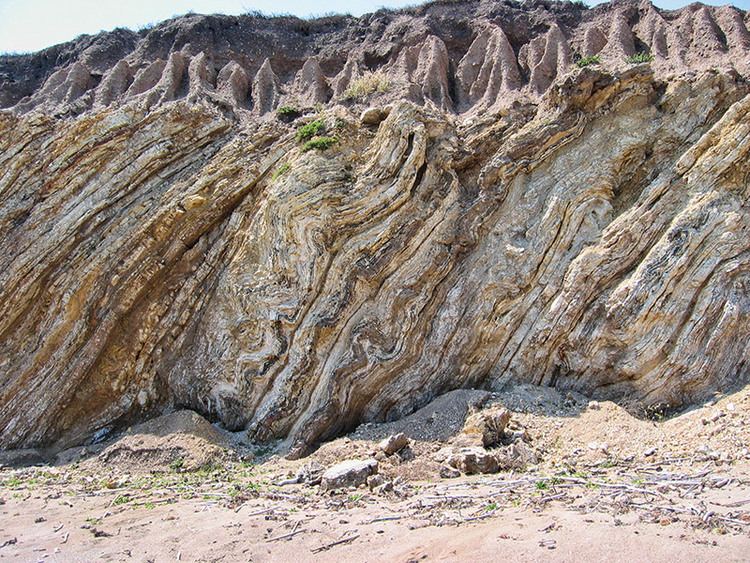
The Monterey Formation strata vary. Its lower Miocene members show indications of weak coastal upwelling, with fossil assemblages and calcareous-siliceous rocks formed from diatoms and coccolithophorids. Its middle and upper Miocene upwelling-rich assemblages, and its unique highly siliceous rocks from diatom-rich plankton, became diatomites, porcelainites, and banded cherts.
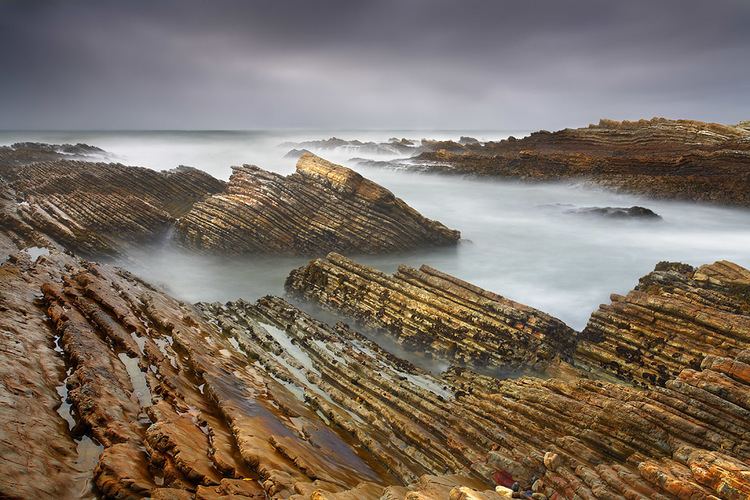
Monterey formation on grizzly peak
